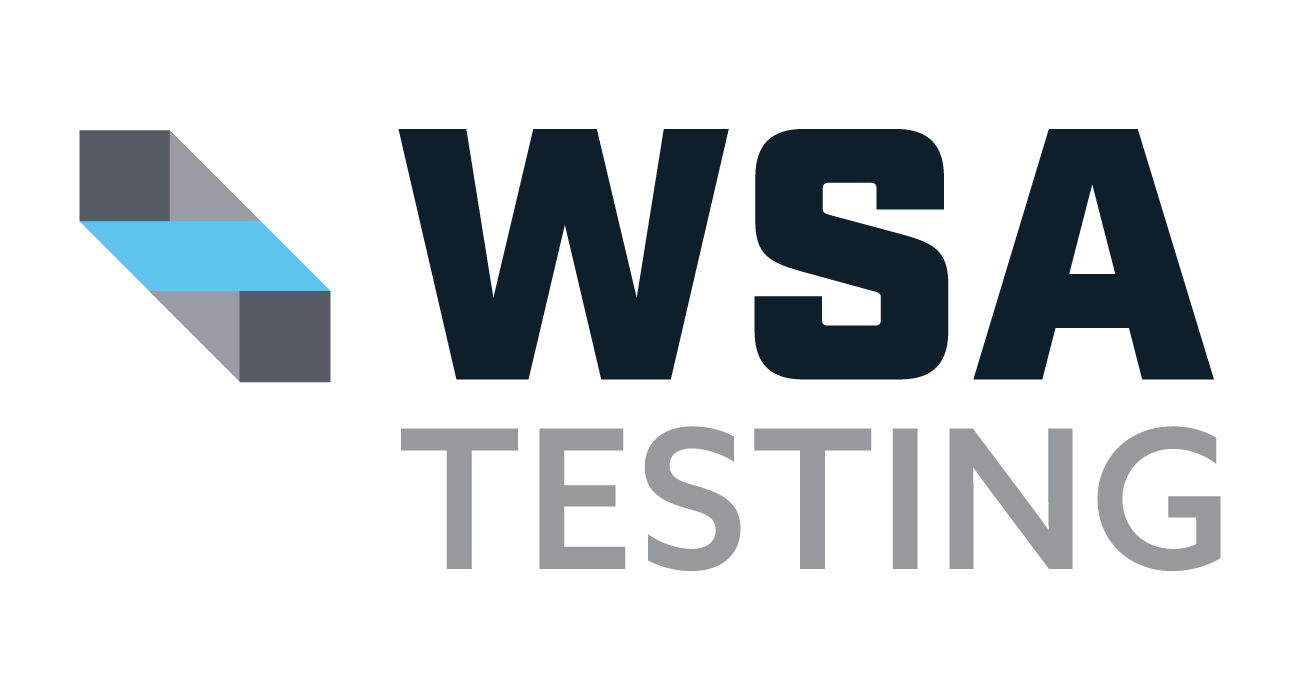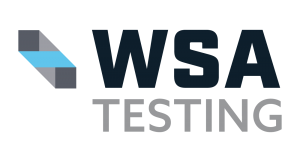When it comes to sewer vacuum testing, the name you can trust is WSA Testing. With a proven track record of delivering reliable and accurate results, WSA Testing is the go-to solution for all your sewer system testing needs throughout Brisbane and South East Queensland.
The Importance of Sewer Vacuum Testing
Sewer systems are the lifelines of urban infrastructure, responsible for safely transporting wastewater and stormwater away from homes and businesses. To ensure their functionality and environmental compliance, rigorous testing and maintenance are essential. Sewer vacuum testing plays a crucial role in verifying the integrity and performance of these systems.
Need Sewer Vacuum testing?
WSA Testing can provide a wide range of sewer vacuum testing services across Brisbane and South-East Queensland.
Why choose WSA Testing for sewer vacuum testing?
Expertise
WSA Testing boasts a team of highly skilled and experienced engineers who specialise in sewer vacuum testing. Our professionals have a deep understanding of the industry’s best practices and can tailor testing solutions to meet your specific needs.
State-of-the-Art Equipment
We invest in cutting-edge technology and equipment to provide accurate and reliable results. Our equipment is well-maintained, calibrated, and ready to deliver the quality you expect.
Fast and Efficient Service
We understand the importance of quick results. Our efficient testing process minimizes disruption to your operations and ensures timely reporting.


Comprehensive Reporting
WSA Testing provides detailed, easy-to-understand reports that highlight the test results and offer actionable recommendations for maintenance or repair.
Proven Track Record
With numerous successful projects under our belt, WSA Testing has established a strong reputation for quality, accuracy, and reliability.
When it comes to sewer vacuum testing, WSA Testing is the trusted partner you need. We understand the critical role sewer systems play in our communities and are committed to helping you maintain their integrity and compliance. Don’t compromise on the safety, environmental impact, and efficiency of your sewer system—choose WSA Testing for all your sewer vacuum testing needs.
What is Sewer Vacuum Testing?
Sewer vacuum testing is a non-destructive and highly effective method for assessing the quality of sewer pipelines, manholes, and other system components. It involves the creation of a vacuum within the sewer system to reveal any leaks, structural defects, or infiltration issues. This process serves several key purposes:
- Leak Detection: Sewer vacuum testing can pinpoint even the smallest leaks in the system. Detecting leaks early can prevent costly repairs and minimize the risk of contamination.
- Structural Integrity: The method can identify structural weaknesses and defects in the sewer pipes and manholes, ensuring that they can withstand the test of time.
- Compliance: Regulatory bodies often require sewer system owners to perform vacuum testing to ensure their systems meet environmental and safety standards.
- Preventative Maintenance: Regular vacuum testing allows for proactive maintenance and reduces the risk of catastrophic failures.
How Sewer Vacuum Testing is performed
Sewer vacuum testing is a method used to assess the integrity and performance of sewer systems, including pipelines, manholes, and other components. It involves the creation of a vacuum within the sewer system to identify leaks, structural defects, and infiltration issues. Here’s an overview of how sewer vacuum testing is performed:
Preparing the System:
- Ensure the sewer system is clean and free of debris, obstructions, or excessive water.
- Close all access points such as manhole covers and cleanout ports.
Setting Up Equipment:
- A vacuum testing machine, which is typically a trailer-mounted or truck-mounted unit, is used to create a vacuum within the sewer system.
- The machine is connected to the sewer system through a hose or pipe, usually at one of the access points.
Sealing the System:
- All access points and vent openings are sealed to prevent air from entering the system during testing. This includes manhole covers, cleanout ports, and other openings.
- Special plugs or inflatable bags are often used to achieve a secure seal.
Creating a Vacuum:
- The vacuum testing machine is activated to start removing air from the sewer system.
- As air is withdrawn, a vacuum is created within the pipes, which causes the system to be pressurized negatively.
Monitoring Pressure:
- During the vacuum testing, technicians monitor the pressure within the system.
- Any drop in pressure over time is an indicator of a leak, infiltration, or structural defect.
Leak Detection:
- If there is a leak, the vacuum testing machine will detect a pressure drop, and the technician will identify the location and severity of the leak.
- This is often done using specialized equipment, such as vacuum gauges, pressure sensors, or smoke tests.
Recording Results:
- The technician records all test data, including pressure measurements, the location of any leaks or defects, and the severity of issues.
- The technician records all test data, including pressure measurements, the location of any leaks or defects, and the severity of issues.
Reporting and Analysis:
- After the test is complete, the data is analyzed, and a detailed report is generated.
- The report typically includes information about the system’s overall condition, identified issues, and recommendations for repair or maintenance.
Corrective Actions:
- If leaks or defects are identified, the sewer system owner or operator can take appropriate corrective actions, such as repairing or relining damaged pipes, sealing manhole joints, or addressing infiltration sources.
- If leaks or defects are identified, the sewer system owner or operator can take appropriate corrective actions, such as repairing or relining damaged pipes, sealing manhole joints, or addressing infiltration sources.
Regulatory Compliance:
- The results of the sewer vacuum testing may need to be submitted to relevant regulatory authorities to demonstrate compliance with environmental and safety standards.
Sewer vacuum testing is a valuable tool for ensuring the integrity of sewer systems, preventing environmental contamination, and complying with regulatory requirements. It provides a non-destructive and cost-effective way to identify and address issues before they lead to more extensive and expensive problems.
How frequently should sewer vacuum testing be performed?
The frequency of sewer vacuum testing should be determined based on several factors, including regulatory requirements, the age and condition of the sewer system, historical performance, and the specific needs of the system.
Things to consider include:
- Regulatory requirements of your local council
- Age and Material of the Sewer System
- Historical Performance
- Environmental Conditions
- System Size and Complexity
- Preventive Maintenance
- Risk Assessment
It’s important to consult with experts in sewer system management such as WSA Testing and comply with local regulations to determine the appropriate testing frequency for your specific sewer system. Regular sewer vacuum testing not only helps identify and address issues but also demonstrates a commitment to environmental protection and public safety. Additionally, a well-maintained sewer system is cost-effective in the long run, as it reduces the likelihood of costly emergency repairs and environmental damage.
Is sewer vacuum testing disruptive to the surrounding area?
Sewer vacuum testing is generally a non-disruptive testing method, especially when compared to other sewer inspection techniques, such as excavation. However, there can be some minor disruptions associated with the testing process, but these are typically minimal and localised. Here are some factors to consider regarding the potential disruption of sewer vacuum testing to the surrounding area:
Minimal Surface Disruption
Access Point Sealing
Temporary Traffic Control
Short Duration
Minimal Noise and Odor
Low Impact on Residents
While sewer vacuum testing is considered less disruptive than traditional inspection methods like excavation, it’s essential to communicate with affected parties, such as residents or businesses in the vicinity, to inform them about the testing schedule and any potential temporary disruptions. Clear communication and coordination with local authorities and stakeholders can help minimise any inconveniences and ensure a smooth testing process.
learn more about Hydrostatic Testing
The following videos provide a good example of what Hydrostatic Testing is and how it performed. WSA Testing is not affiliate with any of the companies featured in these videos.

